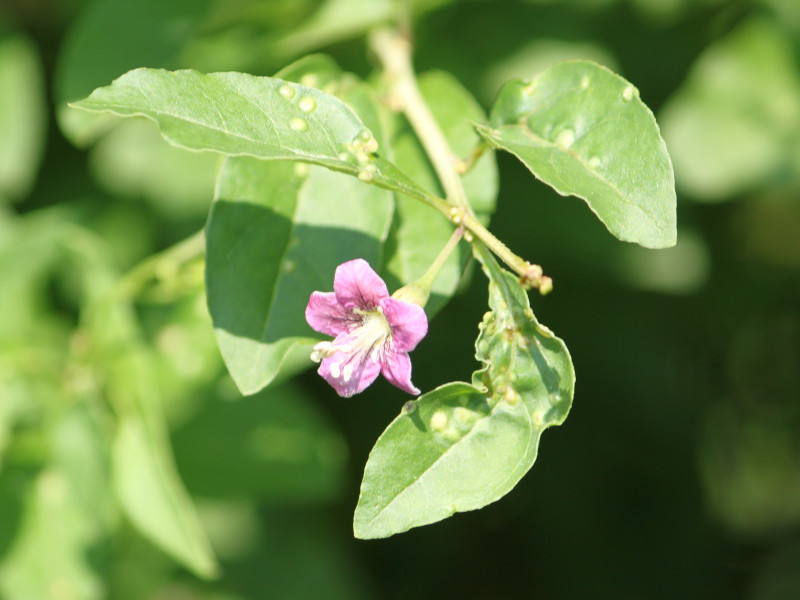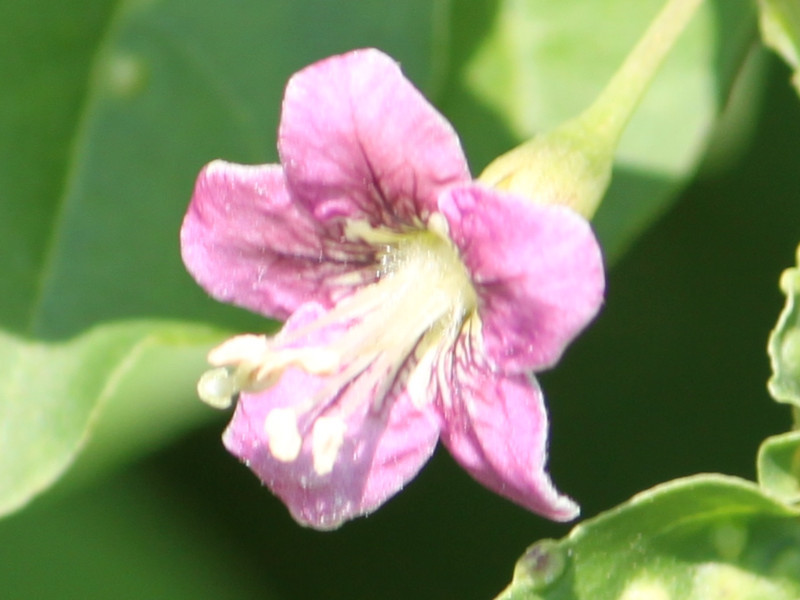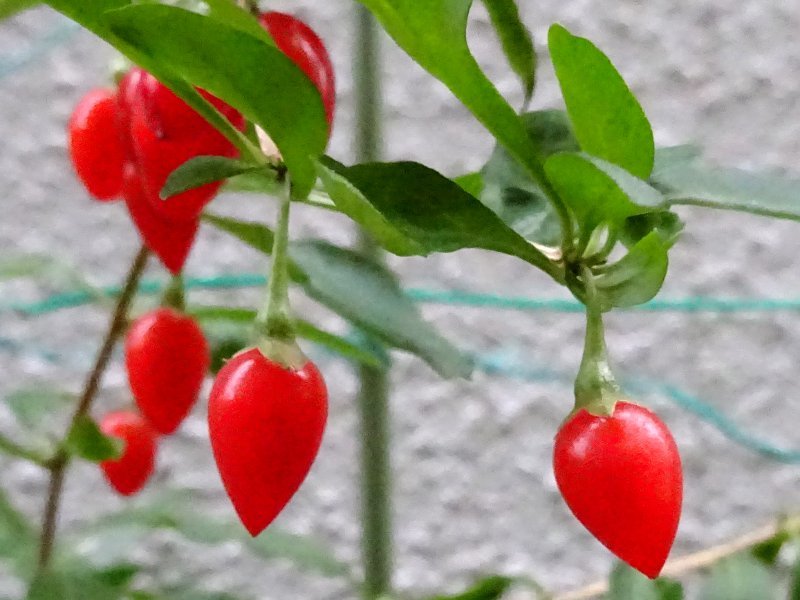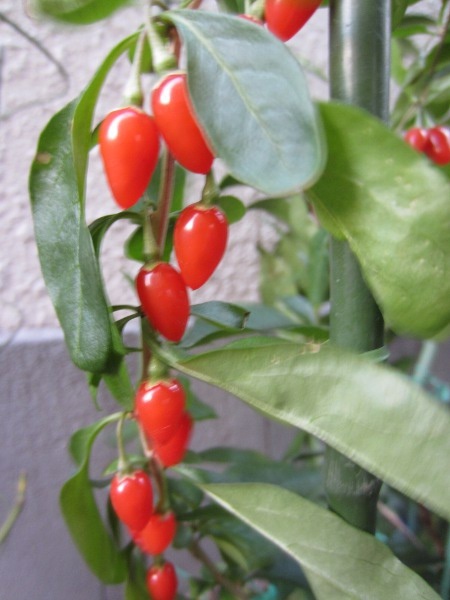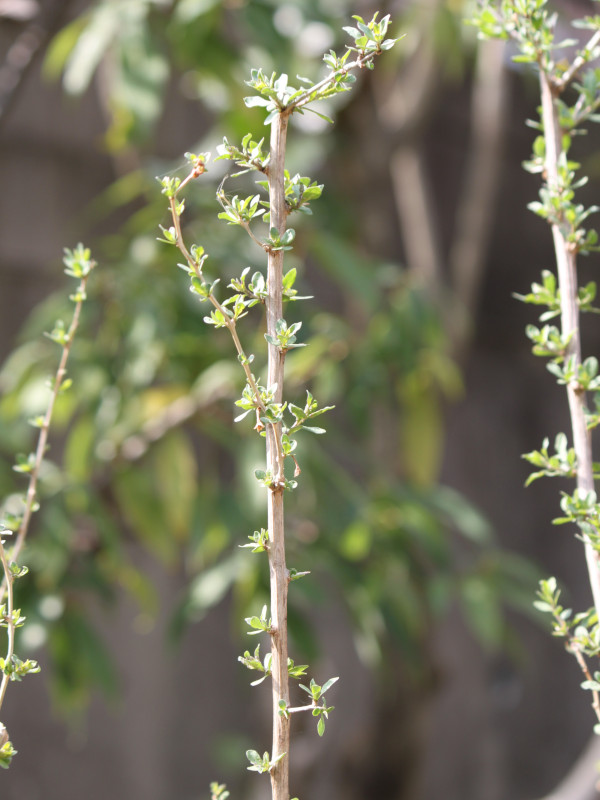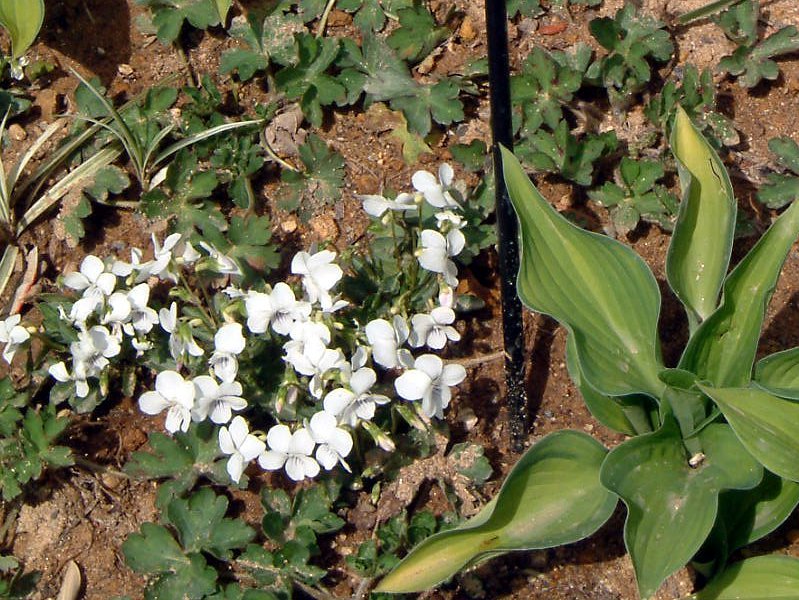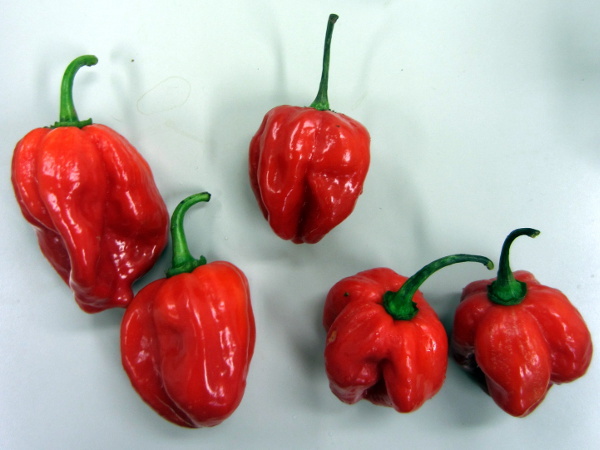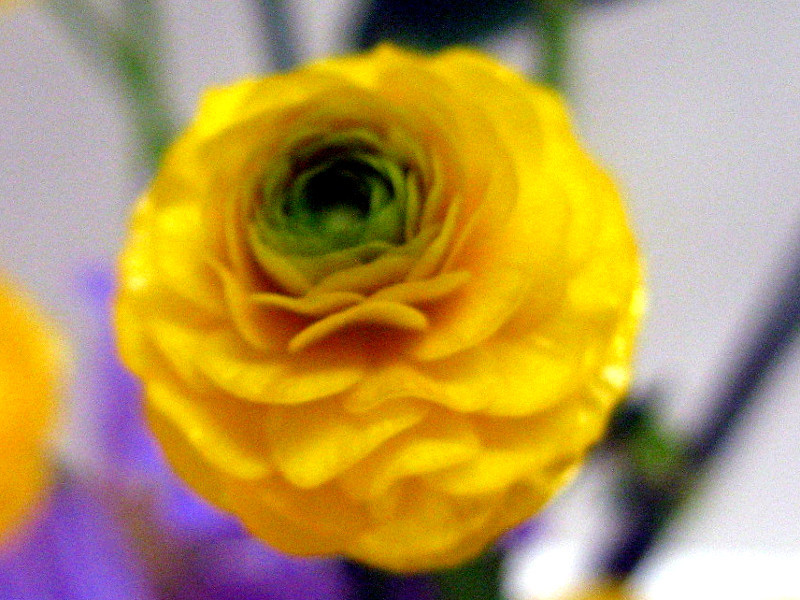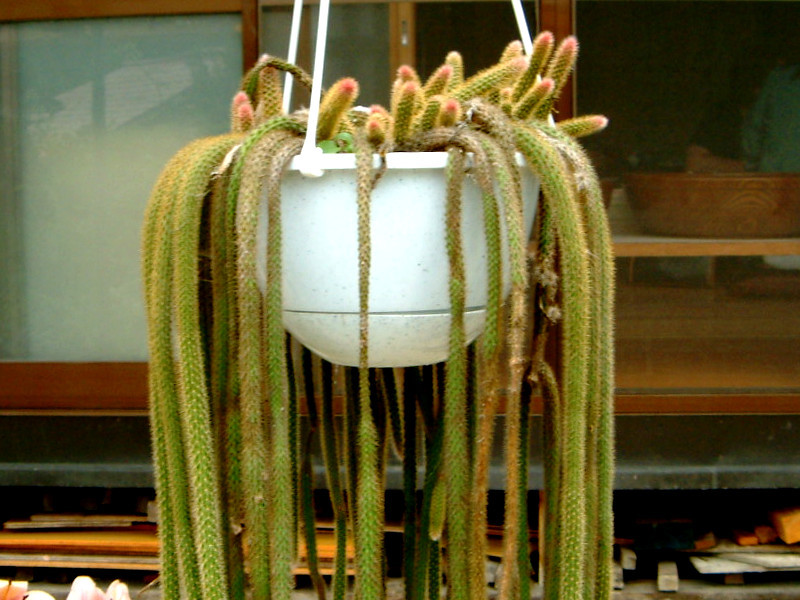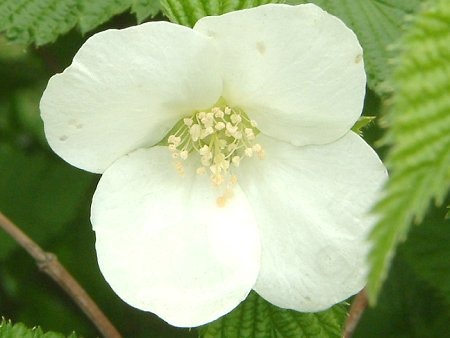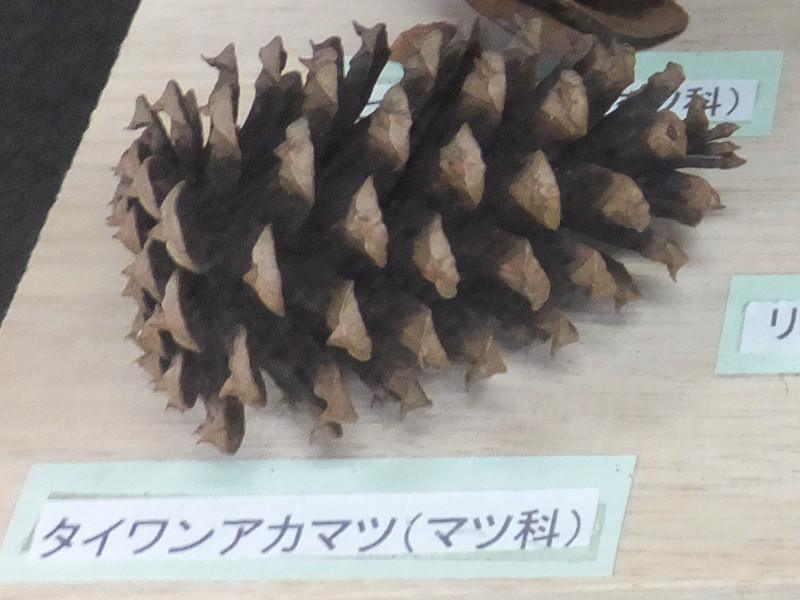Goji berry
- Flower nameGoji berry
- Scientific nameLycium chinense
- AliasChinese matrimony vine, Chinese desert thorn, Goji berry, 枸杞
- Place of originChina
- Place of floweringBotanical Gardens, Potted flower
- Flowering seasonJuly, August, September
What is Goji berry
Goji berry, Chinese matrimony vine, Chinese desert thorn, Lycium chinense or Kuko (scientific name: Lycium chinense) is a member of the family Solanaceae, which is native to China. It is a deciduous shrub. The tree grows upwards in bunches and creeps across the ground. It produces small purple flowers in summer and small red, oval-shaped berries in autumn. The fruit has a purple cap, similar to that on an eggplant. The ripe fruits are the kukonomi, which have a nourishing and tonic effect, and are used as dried fruits, steamed or stewed foods, white porridge You can use it in medicinal dishes or make Kuko-shu (fruit wine) by marinating it in sake. The young leaves are used for soaking and wolfberry rice. The root bark is used for herbal medicine. Its branches have many thorns, so it is used for hedges.
Common name: Goji berry,
scientific name: Lycium chinense,
Also known as Chinese matrimony vine, and Chinese desert thorn, Lycium chinense, Kuko,
Place of origin: China, habitat distribution: all over Japan, Environment: riverbanks, fields,
living type: deciduous shrubbery, shrub height: 100-200 cm, diameter: 1 cm, Form: creeping and creeping in bundles, Branches: ridges, spines,
inflorescence: bunching, Leaf length: 4 cm, leaf width: 15 cm, leaf color: green, leaf shape: oval to lanceolate, leaf margin: full margin, Joint petal,
flower color: lilac, diameter: 1 cm, Flowering time: July to September, funnel-shaped with five lobes at the tip, Sepals: bell-shaped, with 5 lobes,
Sepals (spicules) color: purple, fruit type: berry, Fruit color: Red, ripening period: August to November, Fruit diameter: 1 cm, fruit shape: oval to oblong, Fruit diameter: 0.3 cm, seed count: 10 to 20 seeds,
Uses: edible and medicinal (fruits and leaves), herbal medicine (root bark) and hedgerows.
